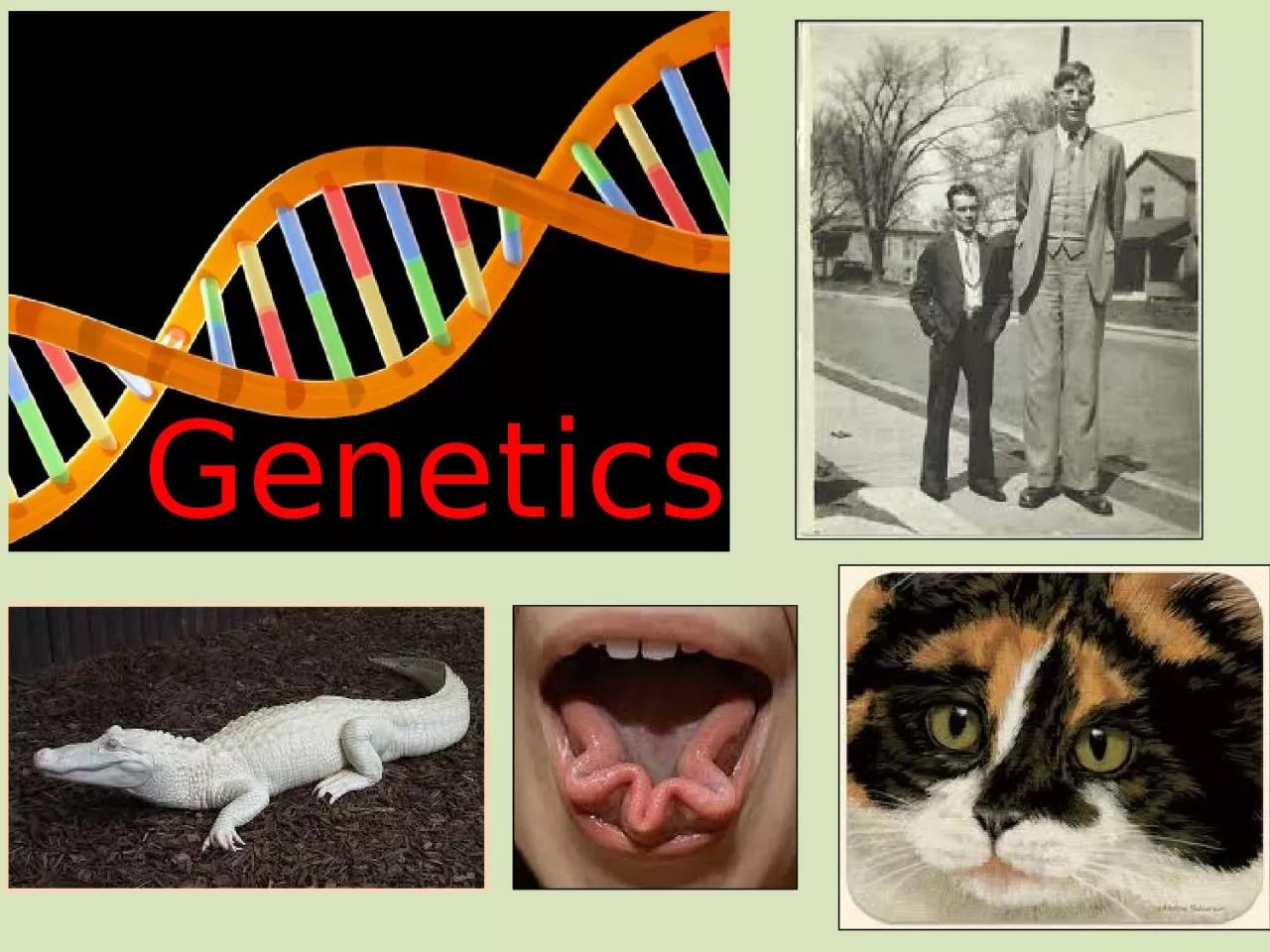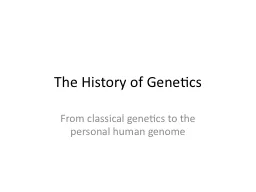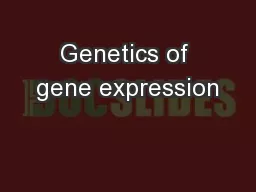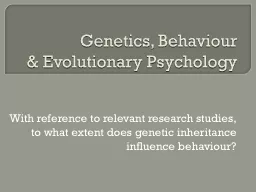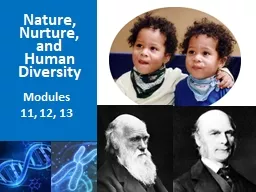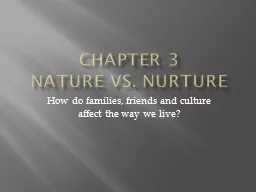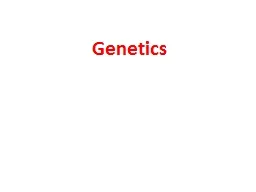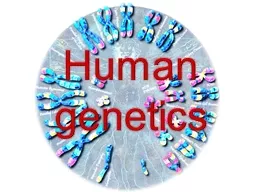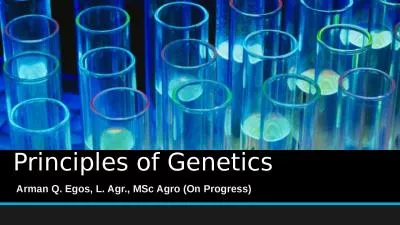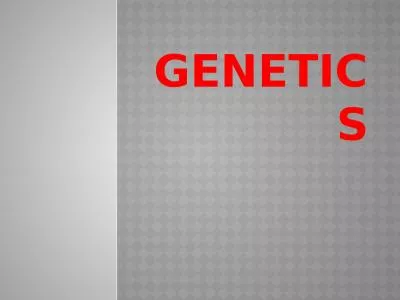PPT-Genetics ….the science that studies how genes are transmitted from one generation to
Author : hanah | Published Date : 2024-01-29
Genes and Chromosomes The chromosomes are contained in the of the cell nucleus Chromosomes are made of DNA Gene A segment of DNA that controls a hereditary trait
Presentation Embed Code
Download Presentation
Download Presentation The PPT/PDF document "Genetics ….the science that studies ho..." is the property of its rightful owner. Permission is granted to download and print the materials on this website for personal, non-commercial use only, and to display it on your personal computer provided you do not modify the materials and that you retain all copyright notices contained in the materials. By downloading content from our website, you accept the terms of this agreement.
Genetics ….the science that studies how genes are transmitted from one generation to: Transcript
Download Rules Of Document
"Genetics ….the science that studies how genes are transmitted from one generation to"The content belongs to its owner. You may download and print it for personal use, without modification, and keep all copyright notices. By downloading, you agree to these terms.
Related Documents

